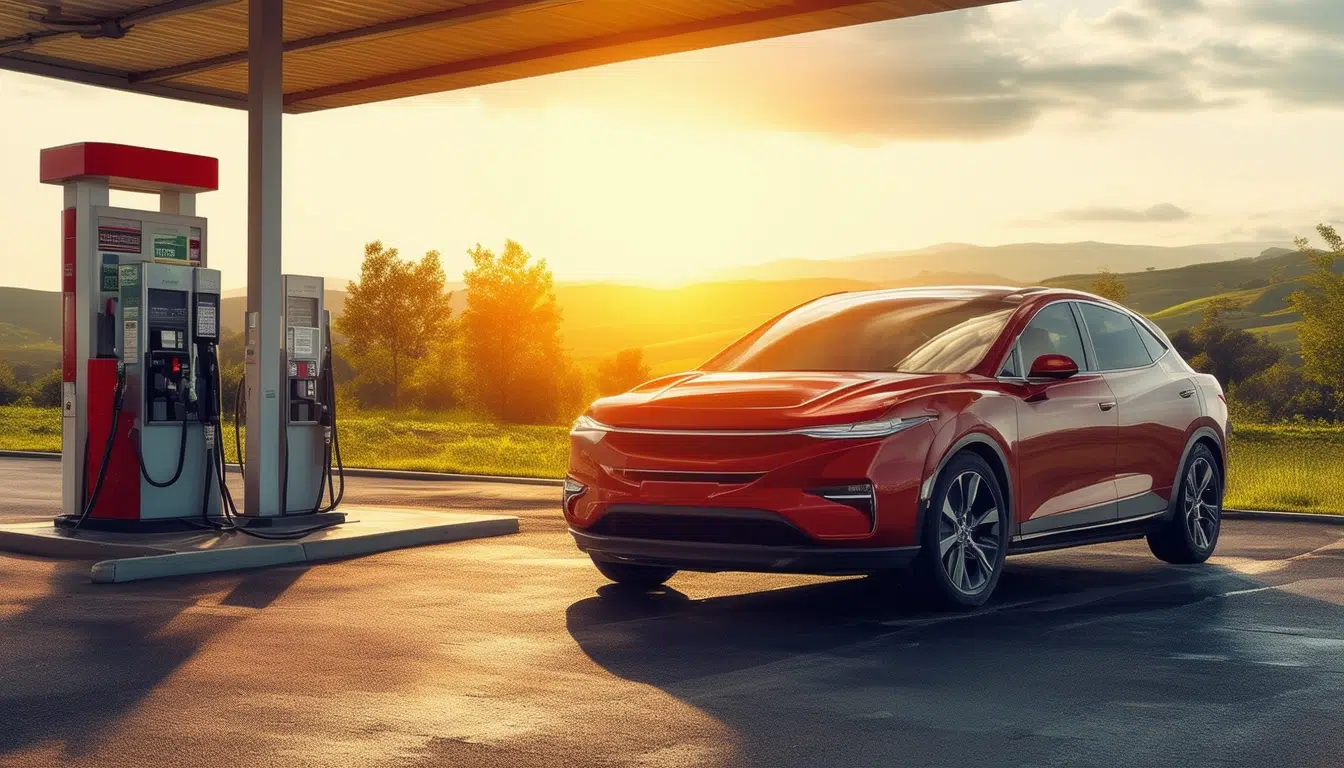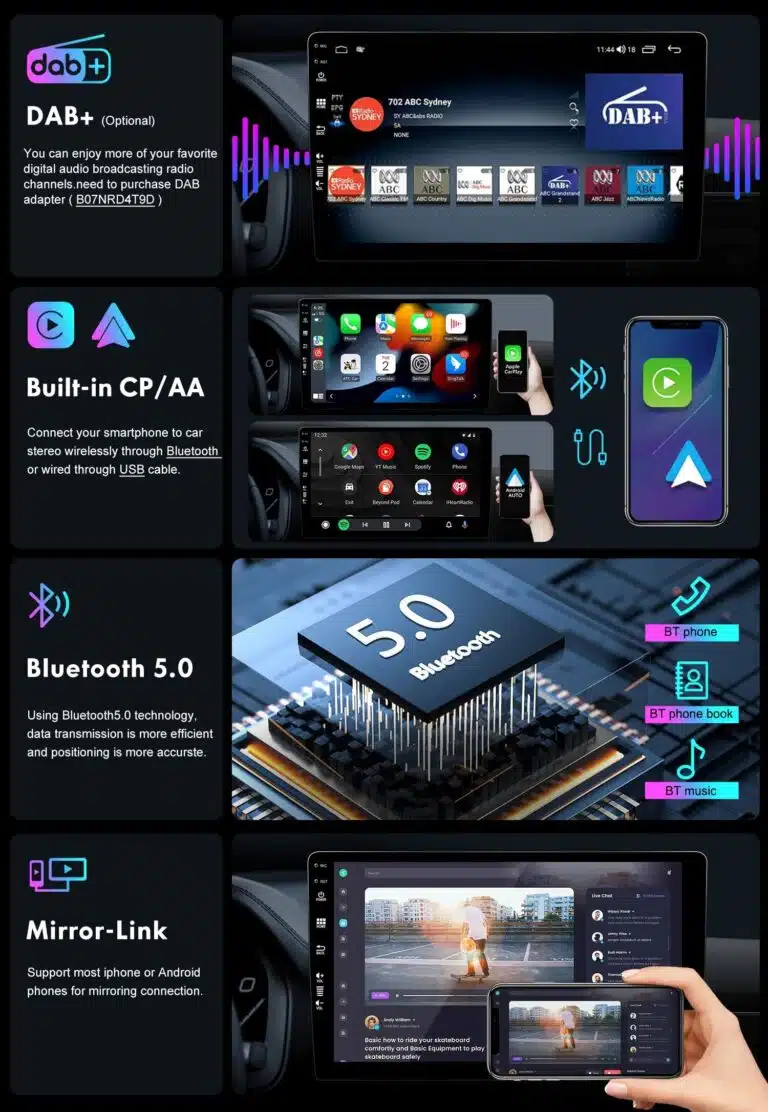La regla del 20%: saving fuel in your car

Fuel savings is a constant concern for many drivers, and applying the 20% rule can be the key to achieving it. This simple and effective strategy allows for a reduction in consumption of up to 20% by adjusting certain driving habits and efficiently using the technologies available in modern vehicles. With small changes in the way one drives, along with taking advantage of some built-in systems, it is possible not only to save money but also to contribute to environmental care.
Saving fuel has become a priority for many drivers, not only to reduce expenses but also for environmental reasons. The 20% rule refers to strategies that allow for a reduction in gasoline consumption by 20%, using simple techniques and daily practices. Below, some methods and tips will be detailed to implement this rule effectively.
What is the 20% rule?
The 20% rule is a concept that suggests that by making certain adjustments in driving and vehicle maintenance, it is possible to reduce fuel consumption by up to 20%. This rule emphasizes the combination of efficient driving techniques, proper use of the vehicle, and regular maintenance to achieve considerable savings.
Use of cruise control
Cruise control is a system present in many modern vehicles that allows maintaining a constant speed without the need to press the accelerator. Activating this system on flat roads can optimize fuel consumption, as it prevents sudden accelerations and braking. This can contribute to savings close to 20%.
Take advantage of descents and inertia
During driving, descents are ideal opportunities to save fuel. Taking advantage of the vehicle’s inertia when going down hills, instead of pressing the brake or accelerating, helps to decrease consumption. This way, gear changes can be made more efficiently, which also directly impacts fuel savings.
Proper vehicle maintenance
The maintenance of your car is essential for achieving optimal fuel consumption. Components such as air filters, spark plugs, and tires must be kept in good condition. Poor maintenance can increase gasoline expenditure, while taking care of these details can significantly improve the vehicle’s efficiency.
Checking tire pressure
Under-inflated tires increase rolling resistance, which can raise fuel consumption. It is recommended to regularly check the tire pressure and keep it within the manufacturer’s specifications. This not only contributes to saving gasoline but also improves safety and handling of the vehicle.
Efficient driving techniques
Adopting a smoother and more gradual driving style is key to saving fuel. This involves accelerating progressively and avoiding abrupt braking. Maintaining a constant speed and avoiding excessive gear changes can also be beneficial in pursuing that 20% saving that is sought.
Avoiding excess weight in the vehicle
Excess weight in the car can affect not only its performance but also its fuel consumption. It is advisable to avoid carrying unnecessary items, as each extra kilogram implies an additional effort from the engine, resulting in higher gasoline consumption.
Planning and useful applications
Nowadays, there are numerous applications that allow you to plan fuel consumption and optimize routes. Using tools to identify the most economical gas stations or the least congested routes can significantly decrease gasoline expenses. You can also schedule outings to avoid being caught by traffic, which helps to maintain smooth driving.
To delve deeper into how to calculate your energy efficiency and save fuel, you can consult this article: Calculate your energy efficiency.
Remember that combining the practices mentioned in this article can lead to notable savings in gasoline while using your car. By implementing the 20% rule and adjusting your driving and maintenance habits, you can enjoy a more economical and sustainable journey.
To learn more about maintenance strategies that minimize fuel expenditure, visit Maintenance Guide and additional explorations on strategies to reduce fuel consumption on long trips at strategies for long trips.
Optimize your fuel consumption with some of the effective strategies to reduce consumption and save money that you can check here: Effective strategies. Also, learning to use applications to plan consumption is easy and will allow you to better control your expenses: Use applications.
In the constant search for more efficient and economical driving, the 20% rule presents itself as an invaluable strategy for drivers. By adopting this approach, it is possible to achieve significant savings in fuel consumption, which not only benefits personal finances but also contributes to environmental sustainability.
One of the most effective methods to achieve this savings is by utilizing certain systems in vehicles, such as cruise control or the button that optimizes air conditioning usage. By activating these systems, drivers can reduce their fuel expenditure by up to 20%, especially on long trips or in constant traffic conditions.
The way one drives also has a direct impact on gasoline consumption. Adopting a smooth driving style and avoiding sudden accelerations are practices that can help maintain optimal engine performance. Additionally, taking advantage of inclines and descents translates to less effort for the vehicle, which also results in more efficient consumption.
The education on proper vehicle maintenance is another fundamental key to reducing fuel consumption. Performing regular checks, verifying tire pressure, and ensuring the engine is in good condition are actions that, although they require effort, are rewarded over time with lower fuel expenses.
Implementing the 20% rule is not only a smart decision from an economic standpoint, but it also reflects a commitment to a more sustainable future, by contributing to the reduction of emissions and a more responsible use of energy resources. Undoubtedly, all drivers should consider these tips to maximize their fuel consumption efficiency.




